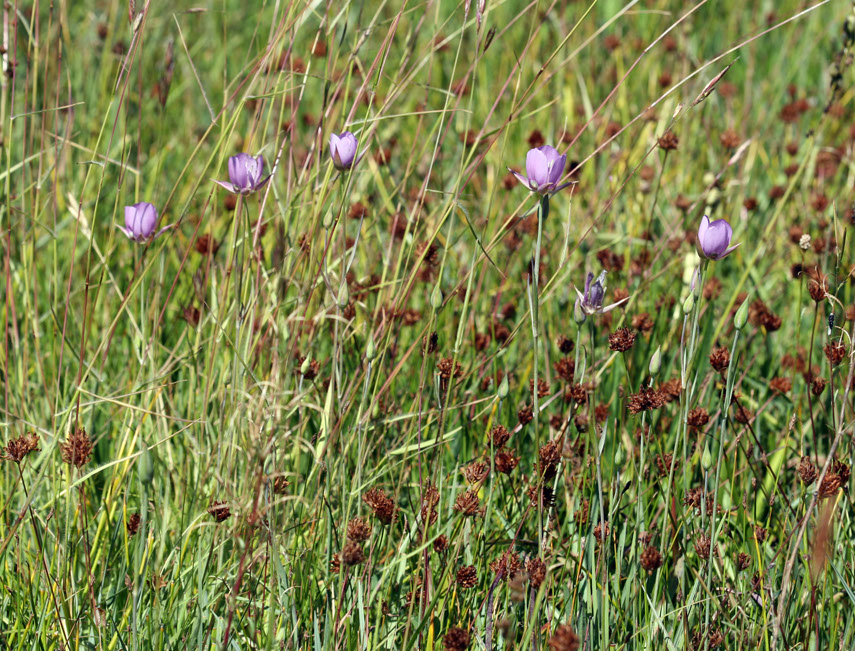Large Increase in National Collection
After review of the collections records of CPC institutions in 2017, the number of plants in the National Collection was revised from 789 to 1406. This increase reflects the inclusion of new participating institutions and the growth of collections of existing member institutions. The largest contributors of new species included new member San Diego Zoo Global and existing members Rancho Santa Ana and Lyon Arboretum.
Contributions of San Diego Zoo Global, Rancho Santa Ana Botanic Garden and Lyon Arboretum
SAN DIEGO ZOO GLOBAL
New species includes rarest species of San Diego county:
San Diego Goldenstar (Bloomeria clevelandii) – This perennial herb has several narrow leaves 6-15 cm. long and 20 to 30 pedicels bearing bright yellow perianths (petals and sepals), each with a green stripe. The flowers of this species are more delicate than the common Goldenstar (Bloomeria crocea), and the filaments bearing the anthers are distinct and separate, while in the common species they are fused into a ring at their base. The San Diego Goldenstar can be found in chaparral, coastal scrub, valley and foothill grassland, vernal pools, mesa grasslands, and scrub edges. It grows in clay soils, often on slopes that are shaded for a portion of the day.
Otay Mountain Peavine (Hosackia crassifolia var. otayensis) – Silvery hairs cover this sprawling perennial. Compound leaves have 9-15 elliptic leaflets of 2-3 cm. in length. Contrasting leaf surfaces are paler on the bottom. Though now found only on Otay Mountain in San Diego County, California, this taxa is endemic to California and Baja California. The Otay Mountain populations occur on BLM land.

Rancho Santa Ana Botanic Garden (RSBG)
Rancho Santa Ana Botanic Garden has an extensive collection of California natives, both in seed and living collections. Currently, they are doing extensive work in Death Valley National Park.
Mojave Monkeyflower (Diplacus mohavensis), is a new species to the national collection. RSBG collected seed for this species this year, which helps the California Plant Rescue project reach its goal of collecting 75% of California rare plants by 2020. Naomi Fraga from Rancho Santa Ana is a world-renowned expert in the Family Phyrmaceae (which contains many rare monkeyflowers such as Diplacus mohavensis). This plant is a small, hairy annual herb, is endemic to San Bernardino County, California, and is known only from the Mojave Desert, mainly in the Barstow area.
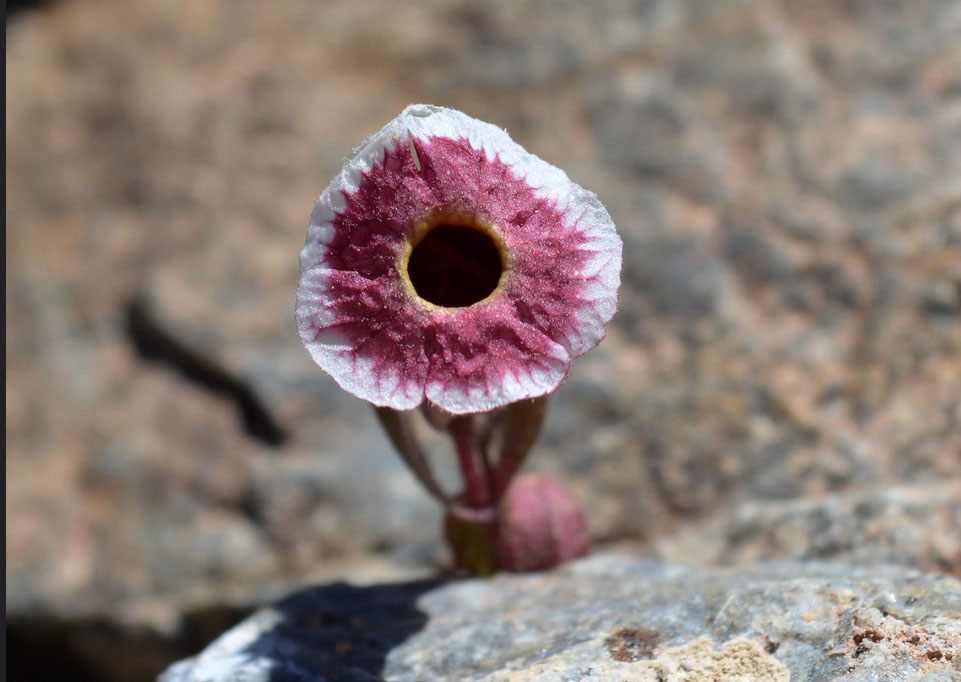
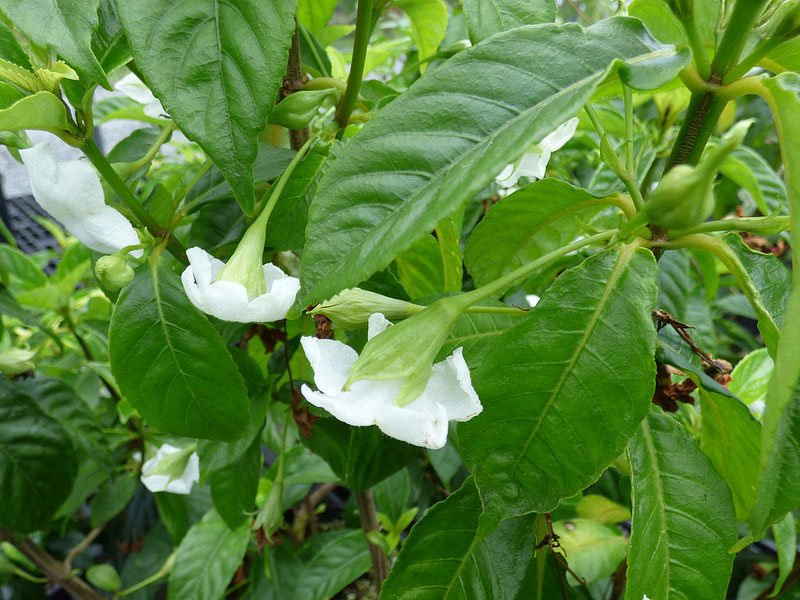
Harold L. Lyon Arboretum
The Hawaiian Rare Plant program mission at Lyon Arboretum is to “aid in the prevention of further extinction of Hawaiian plant species by initiating and maintaining an in vitro plant and seed bank collection, and propagating plants for use in approved restoration and reintroduction projects.”
Almost all of the Cyrtandra species are new to the National Collection.
Wakikane Valley Cyrtandra (Cyrtandra kaulantha) is a member of the African violet family, and is described as a shrub. It is typically found at the bottom of gulches and deep in the mesic forests, environments that contain a moderate amount of moisture.

Slender-stalked Cyrtandra (Cyrtandra filipes) is rare and when observed, it is a small shrub with whorled leaves and white, solitary flowers. This endemic shrub prefers mesic, mountain environments with gulches and streams, and can be found on the islands of Moloka’I and Maui.
Pollinator Database
New this year to the CPC website is the interactive website tool or web app to explore pollinator networks. Most plant species rely on pollinators for reproduction. Without them, plants, including rare plant species, become even more threatened with extinction. CPC received funding from the National Fish and Wildlife Foundation in order to compile a database of pollinators of rare plants. Kara Powell, a 2017 Plant Conservation Summer Fellow, created a web app to bring a set of tools together, allowing users to not only interact with data, but to visualize it. Katie Heineman, PhD, notes that “the most eye-catching tool in the app is the Pollinator Network Search, which generates an interactive network of plants and pollinators associated with an organism selected by the user from the literature observations in the database. This tool allows users to compare the diversity of pollinator types among plant groups.” The web app has other features that relate to specific conservation actions such as the Common Pollinator Garden tool that generates a list of plants that share pollinators. (Each tab in the web app is a separate tool.)
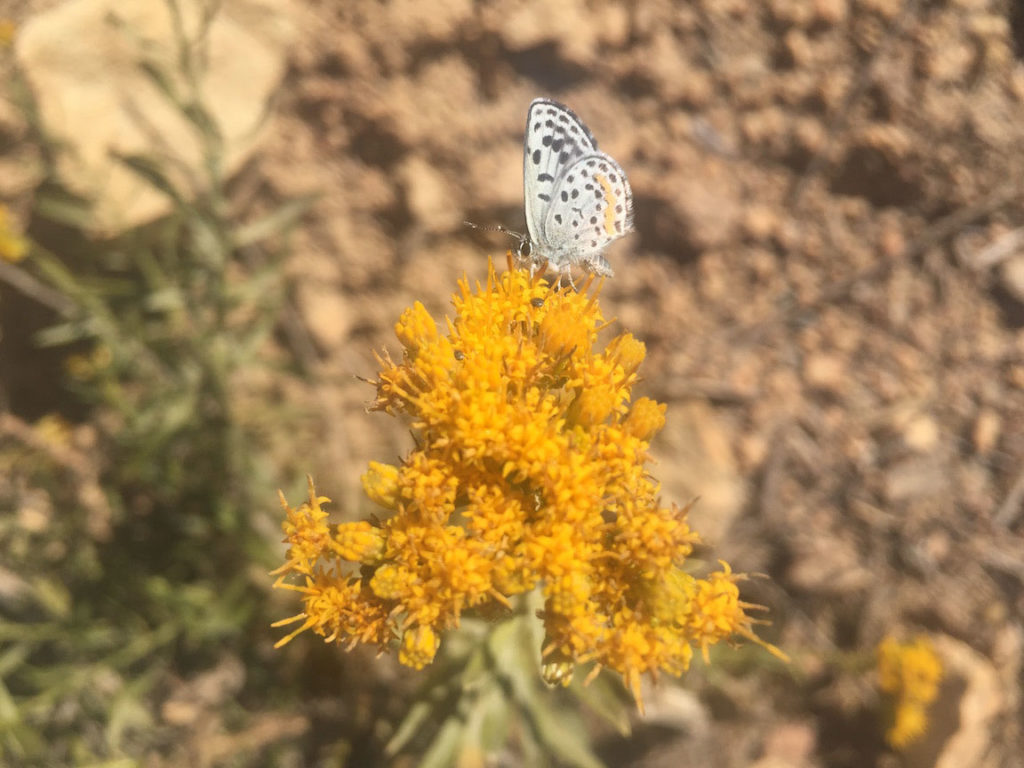
New Participating Institutions
The partnership possibilities for the Center for Plant Conservation (CPC) has expanded to include different categories of institutions:
PARTICIPATING INSTITUTION – CONSERVATION PARTNER
Conservation Partners are 1) non-profit organizations, exempt from federal income taxes under Section 501 (c) (3) of the Internal Revenue Code, 2) are primarily research gardens, arboreta, museums, zoos or other such organizations whose mission either partially or wholly concerns the conservation and appreciation of plants, and 3) must formally maintain documented ex- situ collections of regionally rare taxa of conservation concern for inclusion in the CPC National Collection. Conservation Partners must use quality, science-based principles and recognized best conservation practices in their rare plant work, including those specified in the CPC Guidelines for Participating Institutions. (Examples may include public gardens and nonprofit organizations that maintain ex-situ plant collections).
PARTICIPATING INSTITUTION – RESEARCH PARTNER
Research Partners can be a variety of organizations, consortia or partnerships that are non-profit (although IRS exemption is not required) and conduct research or perform other related work that directly supports the CPC mission. Whereas Conservation Partners are directly responsible for the National Collection, Research Partners often perform basic research or provide technical skills and services that support the CPC National Collection in tangible ways. (Examples may include university and federal research labs.)
PARTICIPATING INSTITUTION – CORPORATE PARTNER
Corporate Partners represent a variety of for-profit companies whose corporate mission aligns with the CPC vision and mission and whose affiliation with CPC represents a mutually beneficial relationship. Corporate Partners provide financial support through direct contributions and/or contribution of equipment, tools, and resources useful to CPC and its Participating Institutions. (Examples may include conservation focused landscape architect firms or ecosystem restoration companies.)
PARTICIPATING INSTITUTION – NETWORK PARTNER
Network Partners are organizations, consortia or other regional, national or international organizations whose mission overlaps significantly with CPC either by amassing ex situ conservation collections for different but complementary purposes as CPC or maintaining professional memberships, partnerships or networks of their own that overlap with and enhance the CPC Network. (Examples could include botanical garden associations.)
This past year, we added two new Participating Institutions to the CPC family: Montgomery Botanical Center and the California Native Plant Society, a statewide nonprofit organization.
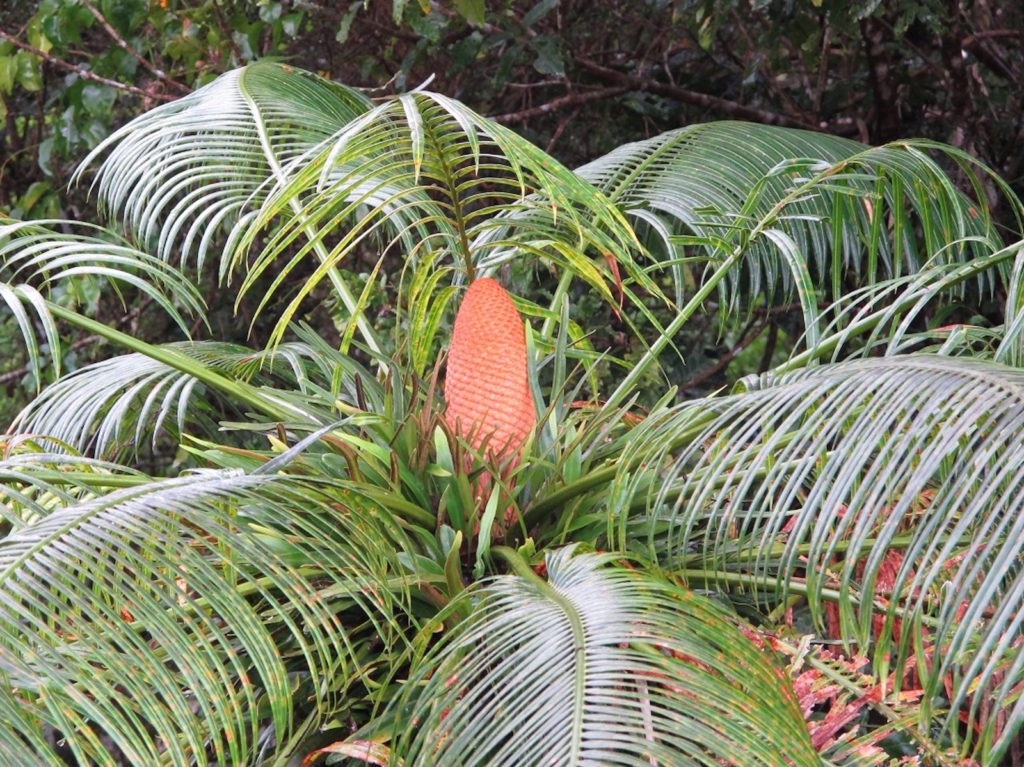
Montgomery Botanical Center
The Montgomery Botanical Center’s goal is to “advance science, education, conservation, and horticultural knowledge of tropical plants, emphasizing palms and cycads.” They accomplish this goal collecting seeds around the world from wild populations of palms and cycads. The seeds are germinated in the Center’s nursery and create genetically diverse collections of plants that are “population-based, documented, [and] scientific.” Montgomery Botanical Center can provide research data to other entities, particularly through publications by using collections-based research and maintaining scientific data on the collection.
California Native Plant Society
The California Native Plant Society (CNPS) works hard to protect the native plants of California. Beginning in 1965, CNPS has worked with scientists, policy-makers, and others to “advocate for well-informed and environmental friendly policies, regulations, and land management practices.” The mission of CNPS is to preserve California native plants and their natural habitat. The Rare Plant Program at CNPS develops information on “the distribution, ecology, and conservation status of California’s rare and endangered plants, and to use this information to promote science-based plant conservation in California.” This program maintains the Inventory of Rare and Endangered Plants of California.” This inventory tracks the status of hundreds of plant species.
